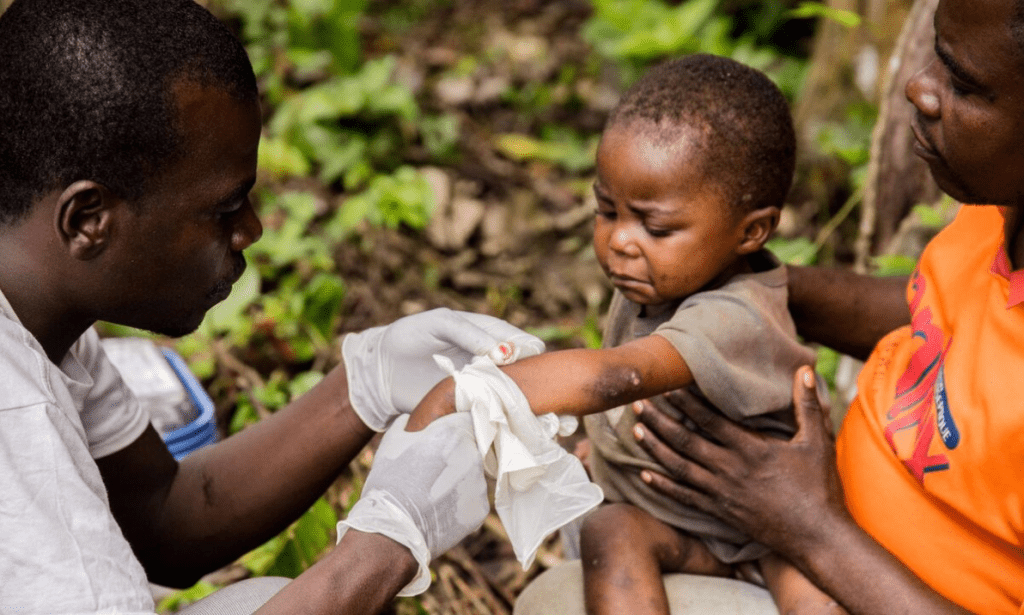First, it was coronavirus (COVID-19), and now, the global outcry has been spurred by the WHO’s announcement that the ongoing monkeypox outbreak in Africa is a global health emergency.
The reason for the announcement is that a deadlier strain of the virus, Clade Ib, is now spreading quickly across the Democratic Republic of Congo. The virus has also reached other African countries that were previously unaffected by the disease.
Monkeypox & Its History
Monkeypox is a virus that causes full-body lesions, a painful rash, blisters on the palms of the hands, fever, chills, exhaustion, headache, and muscle weakness when contracted.
It spreads easily through close contact, especially direct contact with skin rashes, as well as contaminated clothing, bedding, and belongings from an infected person.


When it comes to its history, the first time it appeared was back in 1958 in Denmark. It appeared in monkeys kept for research. Fast-forward to 1970, when the virus first appeared in humans in the Dominican Republic of Congo.
Egypt’s First Monkeypox Case
The first Egyptian monkeypox outbreak occurred in 2022, with the initial case involving a 42-year-old Egyptian man residing in a European country. He was quarantined in a designated isolation hospital.
This outbreak was caused by Clade II, which is known to result in less severe cases.
Are There Currently Any Cases In Egypt?
So far, Hossam Abdel Ghaffar, spokesman for the Ministry of Health and Population, has stated that no cases of monkeypox have been detected in Egypt.
However, Egypt enhanced its health precautionary measures at all airports, seaports, and land crossings. These actions align with the health ministry’s strategy to prevent the entry of infectious diseases into the country.
Along with that, the ministry added that all quarantine departments have been put on high alert to contain the virus as much as possible.
According to the Egyptian Ministry of Health, the virus remains a global health concern, but not to the extent that it will turn into a pandemic like COVID-19.



